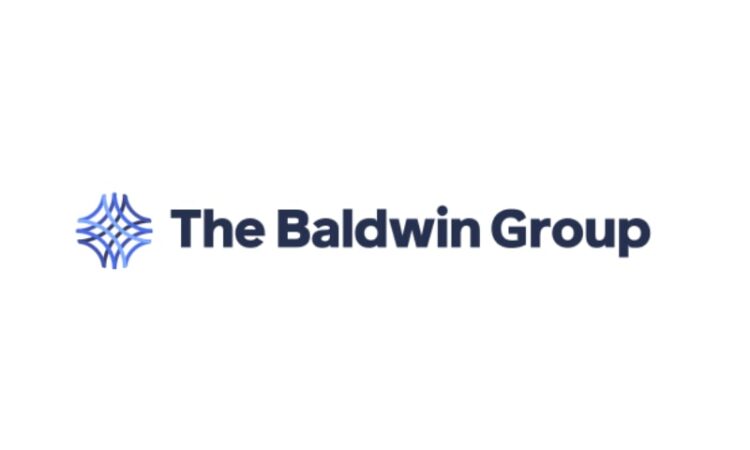Property re/insurance continues to soften as casualty faces persistent uncertainty: The Baldwin Group

The commercial property insurance market is experiencing continued softening, while casualty lines face broad uncertainty, The Baldwin Group’s recent Q3 2025 Market Pulse report has revealed.
 The report points at renewed competition, improving capacity, and more flexible structures for well-differentiated risks as key drivers for property market softening.
The report points at renewed competition, improving capacity, and more flexible structures for well-differentiated risks as key drivers for property market softening.
At the same time, the uncertainty in casualty lines (General Liability, Commercial Auto, and Umbrella) is being driven by legal system pressures, elevated claim severity, and selective underwriting.
“While property conditions continue to moderate, casualty outcomes remain highly situational after several years of being in a state of flux. We are no longer in a hard market – we’re in a disciplined one. Capital is available but is chasing quality. The winners will be those who treat risk management as a competitive advantage, not as a compliance exercise,” said Leslie Nylund, National Managing Director of Broking and Insurance Company Partnerships at The Baldwin Group.
Nylund added: “We are also seeing reinsurance coming back into the market in a robust way. For insureds, risk quality and transparency are the differentiators—strong controls and a differentiated underwriting narrative are what translate momentum into better terms in today’s bifurcated market. Competition is also allowing brokers to drive better terms and conditions for their clients enabling them to deliver meaningful insurance program enhancements.”
Evidence of continued softening in property is ample. The reinsurance market is softer than a year or two ago. Reinsurers have rebuilt balance sheets after recent catastrophe years and strong investment returns, leading to softer pricing and available capacity to absorb increased demand for catastrophe limits.
The report notes that competition and capacity continue to improve for clean, well-maintained schedules, with more orderly placements and broader structuring options, particularly outside distressed profiles.
Additionally, underwriters are now favouring resilience-led underwriting, offering incentives for verified mitigation and modernization efforts such as upgrades to roofs, water systems, and fire protection.
Large CAT-exposed but loss-free accounts are seeing the most pronounced downward momentum, with shared/layered and alternative structures (including parametric solutions) used to manage volatility and optimize cost.
While small- to mid-sized accounts written on a package product are seeing less dramatic pricing changes, competition is also emerging in this segment, pressured by London capacity and emerging MGA/MGUs.
For the casualty market, the report revealed, uncertainty persists mainly due to social inflation and litigation. In General Liability, mixed conditions continue, including higher-hazard and loss-affected risks face tighter terms, venue sensitivity, and heightened attention to exclusions and retentions.
Commercial Auto is facing enduring profitability headwinds, primarily driven by legal system abuse, higher repair and medical costs, and workforce dynamics. Insurers prioritizing telematics, driver monitoring, and fleet maintenance to improve outcomes.
For Umbrella/Excess lines, capacity deployment remains selective. Reinsurance dynamics influence higher attachments and more complex tower structures; incumbency and loss experience are central to renewal stability.
Across all casualty lines, pressure from social inflation and litigation costs continues, with higher jury awards, cross-border plaintiffs’ strategies, and evolving legal pressure pushing claims severity higher.
“It remains too early to tell whether easing trends will impact Management Liability. Cyber remains top of agenda – but coverage is evolving and Workers’ Compensation — coupled with this year’s Property market reversal — will introduce more competition in Casualty lines. Some insurance company partners may pursue growth strategies that pressure pricing in certain industries, while others will maintain focus on rate adequacy as core loss drivers, including social inflation, remain unresolved,” analysts concluded.




